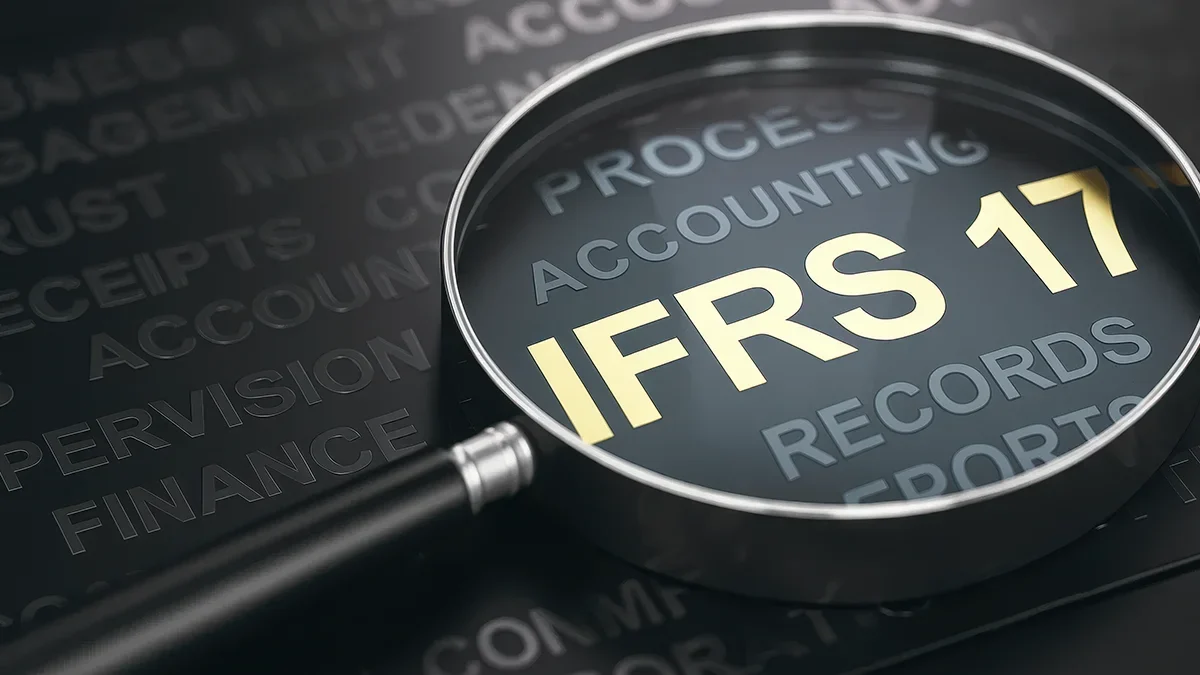(Re)in Summary
• The circulating value of the world’s 500 largest digital assets has more than doubled over the past 12 months.
• This sharp increase has created a tremendous opportunity for specialist insurers, especially in Asia.
• But this also leads to greater risk, since the value of assets being insured is greater.
• Some think that higher valuations are a sign of market durability; crypto is no longer seen as a flash-in-the-pan.
• Rising valuations may increase demand for new products.
• What regulators do is still the key factor in determining what happens to the market for crypto insurance.
Demand for digital asset insurance in APAC is soaring on the back of surging asset prices, according to specialist insurers that are active in the space.
Over the past 12 months, the value of a single bitcoin (arguably the world’s most famous cryptocurrency) has risen from $25,929 to $68,070, according to Investing.com. This represents an increase of more than 160%.
Other digital assets and crypto funds traded on exchanges (ETFs) have also increased in value. According to data compiled by the Financial Times, the total circulating value of the world’s 500 largest digital assets has more than doubled over the past year, from US$1.1 trillion in June 2023 to US$2.5 trillion today.
This sharp increase in value has created a tremendous opportunity for specialist insurers, particularly in Asia, where new regulatory frameworks have already been driving growth in this type of risk protection.
“We have witnessed four-to-five times up-selling for our existing customers this year, thanks to significant increase in asset-under-custody, driven by factors like increases in price,” says Alvin Kwok, Co-founder of OneInfinity by OneDegree, a specialist digital asset insurer.
OneInfinity provides cover for digital assets up to US$400 million, but Kwok says that this is not enough to meet demand in current market conditions.
“There are multiple requests for over US$1bn coverage and we are working very hard towards that goal,” says Kwok. “[We] hope we have more good news to share later this year.”

Alvin Kwok
Co-founder at OneInfinity by OneDegreeQubit Underwriting is the latest addition to Asia’s digital insurance landscape. In April the Hong Kong-based Managing General Agent completed its Pre-Series A funding round.
Ginny Ngan, vice president of Qubit, agrees that high valuations have been driving interest in digital asset insurance.
“Last year people were starting to talk about the end of the crypto winter coming. What has in fact happened is that the market has started to pick up sooner than anticipated,” says Ngan. “This has helped business from our perspective. A lot of the digital asset players now have more capital available to them to invest in risk management or risk transfer solutions.”
She adds that a couple of years ago many firms that managed digital assets “were just trying to survive”.
With valuations ticking higher “institutions are becoming more aware that they need to invest in these kinds of insurance solutions,” says Ngan.

Ginny Ngan
Vice President at QubitRising risks
Higher asset valuations don’t just lead to greater volumes of insurance being sold. They also change the risk profile of the products and affects how underwriters assess this risk.
“In my view the risk for platforms, markets, buyers and sellers has increased. Errors are more costly. The prize is higher for bad actors and the liability is more for owners, founders, directors,” says Cillin O’Flynn, a cryptocurrency expert and former chief executive officer of Generali Life in Hong Kong, who is now a general partner at Noria Capital.

Cillin O’Flynn
General partner at Noria CaptialKwok is proud that, over the past two-and-a-half years of being in business, OneDegree has not experienced any claims. Higher valuations could change this.
“I think naturally hackers are quite return-on-investment driven. They want to attack the lower hanging fruits (i.e., where the security is weak) and the honeypots (i.e., where there are a lot of assets in one single place),” says Kwok.
He adds, however, that digital asset technology has already been “battle-tested” and that “there are mechanisms that can substantially reduce the risk”.
Kwok says that OneInfinity by OneDegree has a Web3 studio and a cybersecurity arm to work on crypto risks.
Cause and effect
The surge in demand for digital asset insurance is not just down to higher asset valuations, however.
Industry experts say that the picture is more nuanced than this, with high prices suggesting a maturing of the market.
J. Gdanski, chief executive officer of Evertas, a US-headquartered crypto insurance provider that has recently been pushing into Asia, says that two things in particular have been happening over the past few years.
One is that the market has demonstrated durability. Crypto is no longer seen as a flash-in-the-pan, says Gdanski.
The other thing is that a greater volume of real economic activity is now linked to digital assets. It’s not just crypto specialists buying into the asset class. Institutions such as banks and pension funds are also becoming increasingly interested in the sector.
“These two things are driving an industrialisation of the space and that then naturally brings in insurance,” says Gdanski.
In this respect, the relationship between digital asset valuations and insurance demand is “correlative rather than causal”, says Gdasnski.
He adds: “If the value of the market is at zero, then no one would really care about. But now regulators and commercial partners are taking notice.”

J. Gdanski
Chief Executive Officer of EvertasWhat this means is that, even if valuations start to slide again, the demand for digital asset insurance may stay high.
“The market sentiment has changed a bit since 2022, with financial institutions realising that good risk management is crucial for driving business growth. In that sense, the demand for insurance will still be here throughout the market cycle,” says Ngan.
Rising risk may also increase demand for new and more innovative insurance products.
O’Flynn’s views are at odds with those of Kwan and Ngan, and he says that higher valuations haven’t moved the dial for digital asset insurance.
Cillin O’Flynn
General partner at Noria Captial.“The main reason is that there are very few products aligned with the perils or jeopardies [asset owners face],” says O’Flynn. “Regulators need to engage more with the insurance community and agree basic coverages and products… Most importantly retail and institutional buyers and sellers need to insist on understanding whether or not their service or asset providers are insured.”














